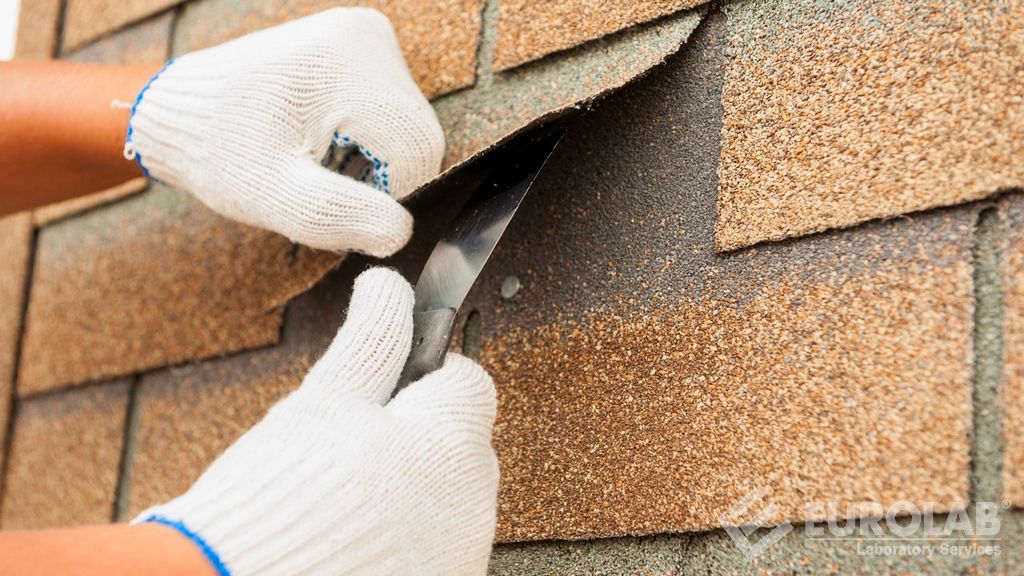

Developed by the Society of Automobile Engineers (SAE), the SAE J1545 standard applies to parts and materials used in vehicle manufacture that are intended to have acceptable color matches with a specific color standard. This standard is intended for use with opaque or nearly opaque parts or materials, but does not apply to transparent materials. Materials covered by this standard include topcoats, soft interior trim, interior and exterior hard trim, and exterior film.

The Society of Automobile Engineers (SAE) produces mobility solutions for the benefit of humanity in the field of aerospace, commercial vehicle and automotive engineering. It brings professionals together to provide safe, clean and accessible mobility solutions. Members of the Society of Automobile Engineers (SAE) develop technical knowledge of all types of self-propelled vehicles, including aviation, aircraft, automobiles, buses, trucks, off-road equipment, marine vehicles, rail vehicles and transit systems.
The purpose of the SAE J1545 standard is to specify procedures for instrumental color difference measurement of colored parts or colored materials used in the manufacture of vehicles. The practice recommended in this standard provides a consistent engineering practice in:
This standard is intended for use as a specification and communication tool for color part acceptance in a buyer-seller contract.
The SAE J1545 standard covers all three levels of physical product standards, preparation, maintenance and distribution, for the color or geometric appearance of coatings commonly used in the coatings industry, or both.
Product standards are the only standards that products must be accepted or rejected in terms of color or appearance. It is used in the laboratory or on the production line to accept or reject the color or appearance of coatings. After initial production, product standards must be maintained to ensure they remain valid. The method described in this standard addresses the characteristics of product standards, the factors to be considered in their establishment, and the factors to be considered when modifying them.
High-quality physical product standards for color or appearance are the cornerstone of a successful color control program. Standards are generally divided into three basic groups: product standards, intermediate production control standards, and equipment standards. The SAE J1545 standard deals only with physical product characteristics. Some instrument-based color control programs use numerical standards derived from instrumental measurements of a physical product standard.
Briefly, the standard covers three levels of physical product criteria for color or appearance, or both, commonly used in the coatings industry, provides terminology to describe each level, and explains techniques for establishing and improving criteria.
The Society of Automobile Engineers (SAE) published a recommended practice for color measurement on parts and materials used in the manufacture of high-gloss vehicles in 1986. This practice later evolved into a J1545 standard that the automotive industry must follow. This standard provides an objective method for communicating color differences that are important in the perceived quality of the interior and exterior of the finished vehicle.
The SAE J1545 standard defines methodology for three basic product types:
Every product produced is compared to the standard for ease of manufacture and consistency. The SAE J1545 standard is unique in that it defines the use of three standards. These standards contain formal, reference and working standards, concepts used to describe the standards used today, from design centers to suppliers, to the manufacturing process. The color difference is communicated using light chrome and tonal scale. The lightness value ranges from 0 to 100 and indicates the degree from dark to light, respectively. The chroma parameter displays the color saturation level. The proposed practice recognizes that the color and appearance analysis of textiles is different from paint and plastic.
Our organization provides instrumental color difference measurement for exterior coatings, textiles and colored upholstery within the scope of SAE J1545 standard, within the framework of national and international standards, with its trained and expert staff and advanced technological equipment, among numerous test, measurement, analysis and evaluation studies. provides services.
To get an appointment, to get more detailed information or to request an evaluation, you can ask us to fill in our form and reach you.